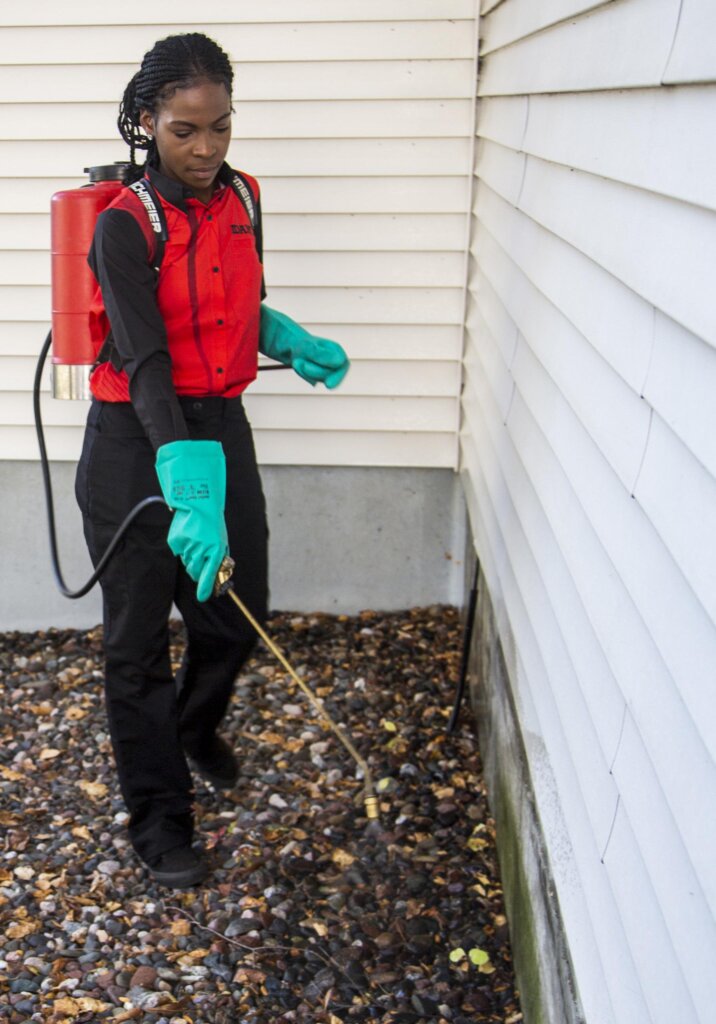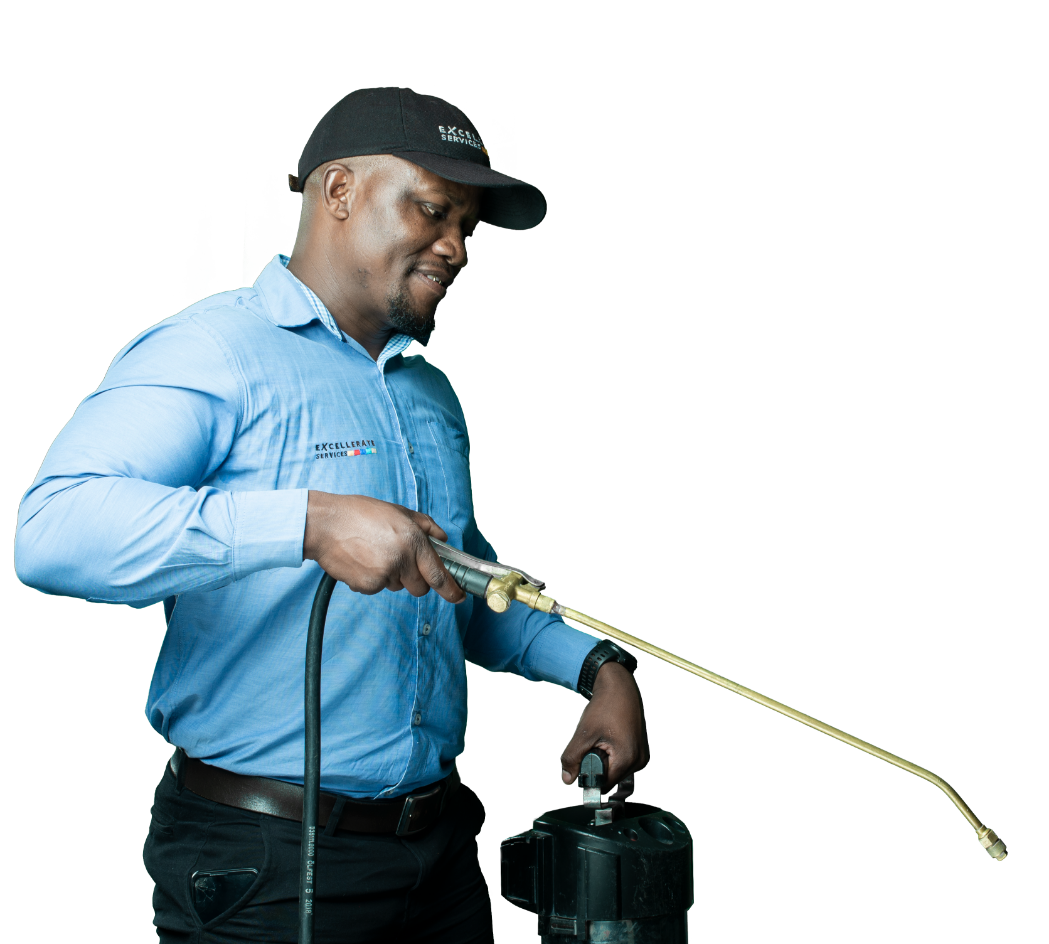Expert Pest Control for complete pest management pest-free through every season.
Eco-Friendly Parasite Control Approaches for Managing Wildlife in Urban Locations
Urban locations usually discover themselves at the junction of human task and wildlife, resulting in one-of-a-kind challenges in insect monitoring. Environment-friendly strategies emphasize sustainable coexistence, utilizing methods such as environment alteration and natural repellents to reduce human-wildlife disputes. These methods not only secure the setting yet additionally enhance community engagement in wild animals monitoring. As urban populations remain to grow, understanding the dynamics of wildlife interactions ends up being progressively critical. What cutting-edge approaches can be applied to make sure both ecological equilibrium and city safety and security? Discovering this inquiry exposes an engaging landscape of prospective options.
Recognizing Urban Wildlife Characteristics
Comprehending Urban Wildlife Characteristics is necessary for establishing reliable and green bug control techniques. Urban locations are progressively becoming environments for different wildlife varieties, driven by elements such as environment fragmentation, food accessibility, and human encroachment. Identifying these dynamics enables a nuanced technique to pest management that straightens with environmental concepts.
Urban wildlife usually includes varieties such as raccoons, squirrels, and birds, which adapt to city settings, finding specific niches in environment-friendly rooms, parks, and even houses. Their existence can bring about disputes with people, especially when they manipulate human sources for food and shelter. Comprehending the actions and ecological functions of these varieties informs methods that minimize negative communications while advertising biodiversity.
Moreover, recognizing the interdependencies within urban environments aids in identifying vital locations for habitat preservation and repair. This expertise contributes to the advancement of integrated insect monitoring (IPM) techniques that consider the environmental balance, consequently lowering reliance on dangerous chemicals. By cultivating conjunction in between human beings and urban wildlife, cities can produce healthier atmospheres that profit both citizens and neighborhood ecological communities, leading the way for sustainable metropolitan living.
Natural Repellents and Deterrents
Natural repellents and deterrents provide a sustainable option to standard parasite control techniques by using the power of nature to maintain undesirable species away. These eco-friendly options usually make use of plant-based ingredients, necessary oils, and other naturally taking place materials that prevent pests without hurting the atmosphere.
One effective natural repellent is peppermint oil, which is recognized to drive away rats and pests. Its strong fragrance is unpleasant to lots of insects, making it a prominent selection for urban setups. Vinegar and citrus peels can offer as deterrents, as their solid odors are typically uninviting to various wild animals.
Furthermore, diatomaceous planet is an all-natural powder that can be spread out in locations susceptible to parasite task, successfully dehydrating and deterring insects without presenting dangers to non-target types. Garlic sprays Ant control Port Charlotte and neem oil are recognized for their capacity to repel a large array of pests, consisting of both pests and larger wild animals.
Carrying out these all-natural repellents not just minimizes reliance on chemical pesticides however likewise advertises a healthier city ecological community, promoting an extra balanced coexistence between human beings and wild animals. By making use of these approaches, metropolitan areas can effectively handle bug populaces while lessening environmental influence.
Habitat Alteration Techniques
Reliable environment adjustment methods play a vital function in lasting parasite monitoring by changing the environment to make it less conducive to pest problems. By understanding the environmental characteristics of urban areas, building owners can implement calculated alterations that discourage insects while promoting biodiversity.
(Stable Fly Control)One key strategy includes maintaining proper hygiene. This includes normal waste elimination, safeguarding garbage can, and getting rid of standing water to decrease breeding websites for insects and rats. Additionally, landscaping techniques such as picking indigenous plants can improve ecological balance, offering environments for beneficial organisms while reducing resources for bugs.
An additional crucial approach is to seal entry factors in structures. Evaluating and repairing splits in foundations, walls, and home windows can considerably decrease pest access. Creating physical obstacles, such as fencings or plant barriers, can inhibit wild animals motion into human-inhabited areas.
Integrated Pest Management Practices
Building upon environment modification methods, integrated insect monitoring (IPM) practices provide a holistic method to regulating parasite populaces while decreasing ecological influence. IPM integrates different methods, including biological, cultural, mechanical, and chemical controls, to accomplish reliable parasite monitoring.
Organic control includes the introduction of all-natural killers or bloodsuckers to lower parasite populaces. Cultural methods, such as crop rotation and cleanliness, interfere with pest life process and decrease their environments - Pest Control. Mechanical controls, like traps and obstacles, provide prompt remedy for pest pressures without chemical treatment
Chemical controls are utilized as a last option, concentrating on targeted applications that restrict damage to non-target varieties and the environment. The choice of eco pleasant pesticides, when essential, is important to the IPM structure. In addition, keeping an eye on parasite populaces and assessing potential damages helps notify decision-making, making sure that treatments are prompt and reliable.
Area Participation and Education

(Insect Control)Workshops and informational sessions can outfit citizens with expertise regarding native varieties, habitat conservation, and effective safe bug administration methods. Partnership with schools, local organizations, and government agencies further enhances instructional outreach, making certain that crucial details gets to diverse audiences.
Moreover, community-led campaigns, such as community clean-up days and habitat restoration tasks, not only promote biodiversity but also reinforce neighborhood ties. Pest control service. By motivating locals to share their experiences and observations, communities can create targeted methods that deal with specific neighborhood insect concerns
Incorporating comments from residents right into insect management prepares enables an extra responsive and adaptive technique to wildlife obstacles. Eventually, educated and engaged areas are vital to accomplishing long-term success in green insect control, bring about healthier city environments that respect both human and eco-friendly needs.

Final Thought
In final thought, environmentally friendly pest control approaches deal lasting services for managing city wild animals. By focusing on habitat modification, utilizing all-natural repellents, and carrying out integrated parasite monitoring practices, areas can promote a harmonious conjunction with regional fauna.